
Developer: Sinister Design
Publisher: Sinister Design
Platform: PC, Mac
Tested on: PC
Telepath Tactics – Review
Every now and then a modest looking game is able to baffle us with its sheer brilliance. One of these is Telepath Tactics, a new indie turn-based tactical RPG that marries the best aspects of the Fire Emblem, Final Fantasy Tactics and Disgaea series yet manages to give it some fresh spins of its own. While the project officially launched about two years ago, creator Craig Stern started building the foundations back in 2009. The result is a well built, fun and satisfying tactical masterpiece.
Story
Since the arrival of Steam technology to the Dundar Archipelago, the lives of the people living in the Empire have dramatically changed. With power sources needing to be mined and the demand being incredibly high, slavers have taken it up themselves to rip families apart and force whoever they can grab to meet their hellish quota.
Two girls, caught by the slavers at a very young age, manage to escape against all odds. A group of Lizardmen decides to raise them as if they were their own, teaching them their language, customs and fighting skills. While the youngest daughter, Sabrina, is happy to be part of this new family, Emma, the oldest, dreams of vengeance and trains accordingly. After ten years among the Lissit, Emma finally decides the time has come to carve out her own destiny, have her revenge against their former slavers and free their father from the depths of the mines. The girls will have to use both their wits and swords to see this perilous journey to a good end.
The storytelling in Telepath Tactics is completely text-based. The scenes, which occur on battle maps and during small separate cutscenes, grant better understanding of the workings of the different camps that have a role in the campaign. Every now and then, a flashback scene offers the player more insight in the past of the young Strider sisters which propel Emma’s wrath. Sinister Design has done a great job giving every recruitable character a backstory of their own. We can only applaud the creator for daring to address issues which are still seen as controversial in parts of the Western world in such a casual, respectful way. Unfortunately, as the focus constantly shifts back to Emma and the newer friends, much of the earlier companion personal stories seem to be forgotten as the adventure progresses. Another thing is that Telepath Tactics seems to fail to adjust conversations to reflect casualties. However, the strong gameplay quickly makes you forget about these little confusions as you keep moving on in search for answers to other more pressing matters.
For those that like to alter their favourite games, Telepath Tactics also allows and even encourages modding. At this very moment, there are already a handful of people working on and sharing their own campaigns for everyone to play.
Graphics
The pixel art of Telepath Tactics is sleek, easy on the eyes and, last but not least, especially designed to be functional. The maps are built on grids and have enough variety to make every fight feel completely different. A quick look at the battlefield gives you an immediate idea of the number of different camps fighting, the classes of soldiers you have in front of you and what type of environment you are dealing with. Different armies wear their respective colours while people of the specific job are portrayed by the same type of sprite. The representation of the main characters’ group however does have changes to these very sprites to better represent the individual companions.
Cutscenes happen in a smaller space on the bottom of the screen. They mainly focus on conversations and sport well crafted immediately recognisable character portraits. Boxes with a marble pattern, which are used throughout the game, hold the name and text of the character talking. While the cutscenes might seem like canvasses with hard edges, characters regularly move past the borders to give an impression of emotion and movement while the portraits themselves stay unchanged.
Items, which can be bought, looted and used, all have their unique sprite, which makes managing consumables and armour a bit less complicated. However, the shops themselves do not use any item sprites, which makes that particular part just that bit less appealing than it could have been.
Sound
The game opens with its highly recognisable majestic theme and immediately sets the mood for this tactical epic. Tunes supporting battles and story parts carry the moments gracefully without ever becoming annoying or breaking the moment. Because of this, we can boldly say the soundtrack of Telepath Tactics is completely spot on. Different sound-cues, like the release of a bow, the clank of a sword hitting on metal or simply a buzz to signify a forbidden move, furthermore help to keep the player’s focus.
Gameplay
Telepath Tactics takes some of the best aspects from other more old-school tactical RPGs and brings them together in near perfect harmony. Battles are held on a classic grid on which every square or tile corresponds to one step or unit. Depending on class and speed factors, characters can move a certain amount of grid spaces per turn. Tiles can be made of varying substances, such as dirt, water, grass, lava and other, and can be occupied by many different elements, such as trees, rocks and tents. Elements like trees and bushes can be chopped down for loot or to open up passage ways on the field.
Depending on the characteristics of your soldiers, different floor types can have specific effects on them. For example, should a non-flying unit end up in the water, they will experience drowning damage with every passing turn while non-corporal allies can move through trees and rocks. Ending up in the water or on a pyre are very likely things to happen in Telepath Tactics. With various classes having either physical or mental shove and pull abilities, trying to lure your enemy into dangerous locations becomes a big parts of your strategy.
Your location and the direction in which your soldiers are facing, also have a great effect on the general gameplay. Showing your back at the enemy will allow them to backstab you and get an increase in damage while doing so. Using this knowledge to your advantage, for example by offering an exposed back to lure someone into a trap, can turn the tide in any battle. However, it is always good to keep your chosen difficulty in mind when setting up an ambush.
The game offers two different difficulty settings. While the story and battles stay the same in both, companions that die in ‘Normal’ are gone forever while they are brought back with simply less maximum health in the ‘Casual’ setting. Because of this, strategies get a whole new layer linked to the setting as you can basically use your friends as easy bait in Casual while not having to worry about the size of your team diminishing. A battle however is lost once either Emma or Sabrina die.
With more than 20 classes to recruit and each and every one of them having certain unique abilities to use in battle, every chance to round up more people is a welcome one. The recruitment of new companions happens in various ways. The easiest one is through simple story development. During these instances, the party encounters new characters that are either forced to fight alongside of you or simply came to seek your help and afterwards decide to stay. A different strategy is on-field recruitment. When a small number of unknown characters is fighting your enemies alongside your team, it is possible to position either Emma or Sabrina on a square adjacent to the one occupied by the other unit. By using the ‘talk’ action next, an agreement to join your party on the spot can be made. But not only friendly characters can be added to the roster. Sometimes members of the opposing team might express a certain dissatisfaction with the internal politics of their own faction which leaves them open for a friendly change of mind. Making sure you enlist every possible recruitable character to your ranks is a true must. Certain companions unlock special missions that allow you to gain an even more varied cast. Missing out on these individuals could thus potentially cripple your team during future missions.
Before a fight, the game shows you the maximum amount of units you can deploy and their starting locations. As long as the battle hasn’t started yet, inventory can be manipulated and the game can be saved. Distributing items takes a little getting used to. Once your inventory opens, all the items you have gathered are shown on top of the screen. To give an item to a certain companion, it needs to be dragged onto the portrait of said character, not into their own backpack. Putting things back into inventory is labelled as ‘drop’, which is pretty confusing at first. However, once you get the hang of it, everything is very straightforward. Some missions start with no opportunity to order your inventory and force your units to manually grab things from the camp’s tent.
Every battle grants the player and their opponents alternating turns. During a turn, ever single unit is able to move the maximum amount of spaces linked to their class and level, and is allowed one attack, heal or trap-skill. As mentioned before, the positioning of your characters towards your enemies might grant you damage bonuses. Backstabbing is the easiest one as it can be done by every single class. Sidestabbing however is a specific boost for knife users like Thieves. Keeping the ranges of your allies’ attacks, like those of bowmen and spellcasters, and whether there is a change for friendly fire or not, also adds to your positioning strategy. Ranged units are most powerful on higher ground, so relocating them on top of a cliff side gives them all both a damage and a range boost for extra mayhem. Both movement and actions are done by simple mouse clicks. The keyboard is only used to reposition the map in-screen.
A unit can get up to 9 different job-dependant skills through levelling. Every character has a health and energy bar. As usual in these types of games, a character reaching health 0 is removed from battle immediately. The energybar however keeps track of the amount of special skills that your soldier is able to use at any given time. While basic attacks do not use up any energy and are only limited by the strength of the weapon in use, more specific actions deplete the amount of breathes you have left and need recharging when your energy is depleted. Regenerating energy can be done by not attacking during a turn. Not moving on top of this, rejuvenates your units even more.
Loot can be obtained from killing enemies, removing objects, random spawns and opening chests. Spoils appear on map as little pockets and can be picked up by clicking the right action while standing on top of it. While attacking or using certain skills ends a character’s turn, picking up loot does not. Prizes can be various, but usually stick to healing and boosting items.
Armour and weapons can sometimes be looted, but will most frequently need to be bought. The buy mechanism is the only part in Telepath Tactics that could need some more work. In order to know if your purchase will be of any use to your team, you need to ask the vendor who is compatible with your chosen items. The salesman will always answer with the names of your team members, whether they are still in your party or not. Unless you know everyone by name, this can get a little confusing. Because of this, we feel it would have been more natural to simply name the classes instead of the individuals. Armour is mainly used to boost aspects of your soldiers, such as defense or speed. While armour does not break, weapons have a set limit of times they can be used and break once the limit has been reached. As they can not be repaired, it is always good to keep track of everyone’s main weapon stability.
While one might expect as much at first, the Single Player campaign does not simply exist out of battles that need to be won with a little story poured over it. Missions with different objectives frequently intersperse to keep the game fresh and interesting. Examples are reaching a location while tons of enemies are on your trail or assassinating a certain person in the cloak of dark. Every mission ends with a summary of your exploits and grants you a certain amount of points. While Single Player should also register your team’s casualties during the grading, it doesn’t for an unknown reason. However, this bug will probably get fixed soon.
Telepath Tactics originally started out as a local Multiplayer project and so this game mode also has a ton of options. When setting up a local match, you can choose from eight standard maps that each specify a set maximum of players. While some maps only allow for a 1-on-1, others have enough space for a full on 1v3 or 2v2 war. The Multiplayer also allows you to import your own maps for 6-player challenges. While the map creator is not part of the general game, it can be downloaded for free from the official Sinister Design site.
Before you can start killing each-other’s armies, you can set up the match the way you want. There are three different game types to pick from, being Last Man Standing, going after the enemy’s Generals and Capture the Flag. Furthermore, army sizes can be altered, a turn time limit can be set and even a Fog of War can be applied to obscure the map and add even more mystery. Enemies can be set to be controlled either by a human player or by the CPU and every team can be given it’s own name and colour.
The local Multiplayer incorporates most general aspects of Single Player battles, with the exception of inventory and most of soldier management. Units can be altered manually when choosing ‘Equal numbers’ and ‘Identical Armies’ settings, or be generated randomly. Useful items spawn randomly as loot bags. As these are the only way to get bandages or apples for healing unless you have a mentalist on the team, spawns frequently turn into a funny little race between the competing teams. As with Single Player, every match ends with the grading of the winning team or teams, but this time casualties are being registered. Unfortunately, Telepath Tactics does not support online matches as of yet, but luckily the local Multiplayer can always be an excuse to ask your friends over.
Conclusion
Telepath Tactics is a sturdy game with enough options and tactical cleverness to keep you hooked for months. While the gameplay mostly revolves around the many different and beautifully crafted battle maps, there is enough variety to keep the experience fresh. The story might feel a bit underdone at times, yet the title isn’t afraid of addressing controversial issues without making a big deal out of it, which we can only applaud. The local multiplayer is great fun to play with friends and makes us wish Sinister Design had also incorporated an online version. Nevertheless, even without this feature, the game is a rock on its own and the fact the creator openly encourages modding will surely expand the title’s replayability.
Telepath Tactics - Review,
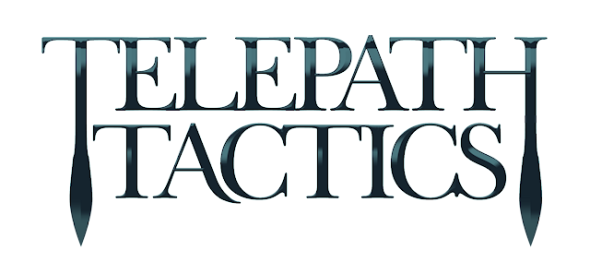
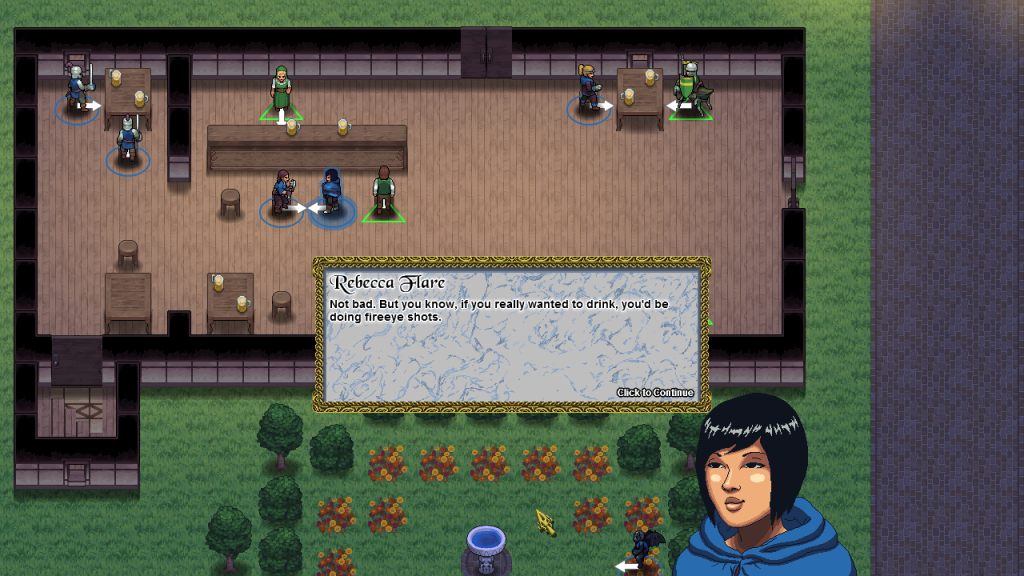
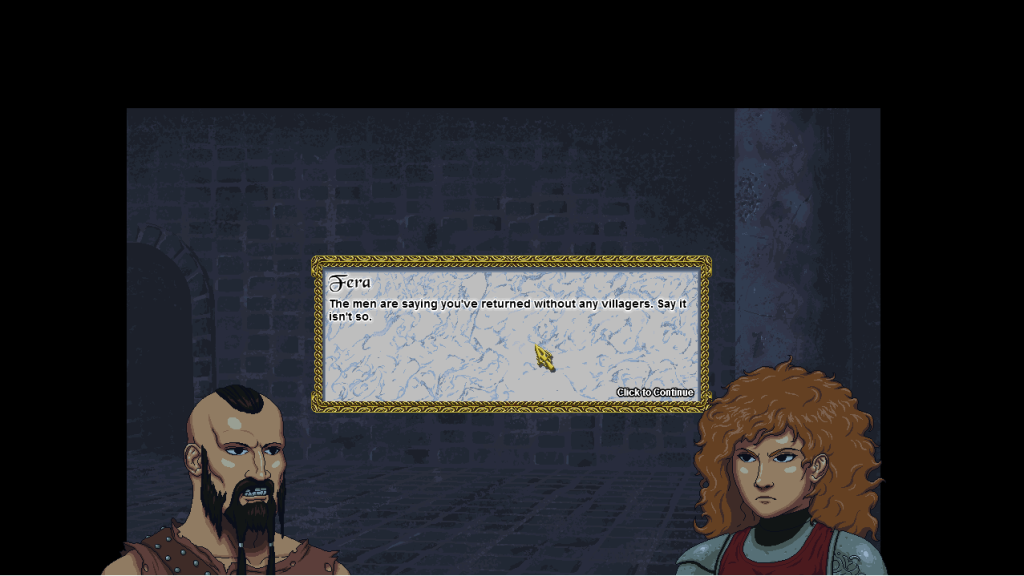
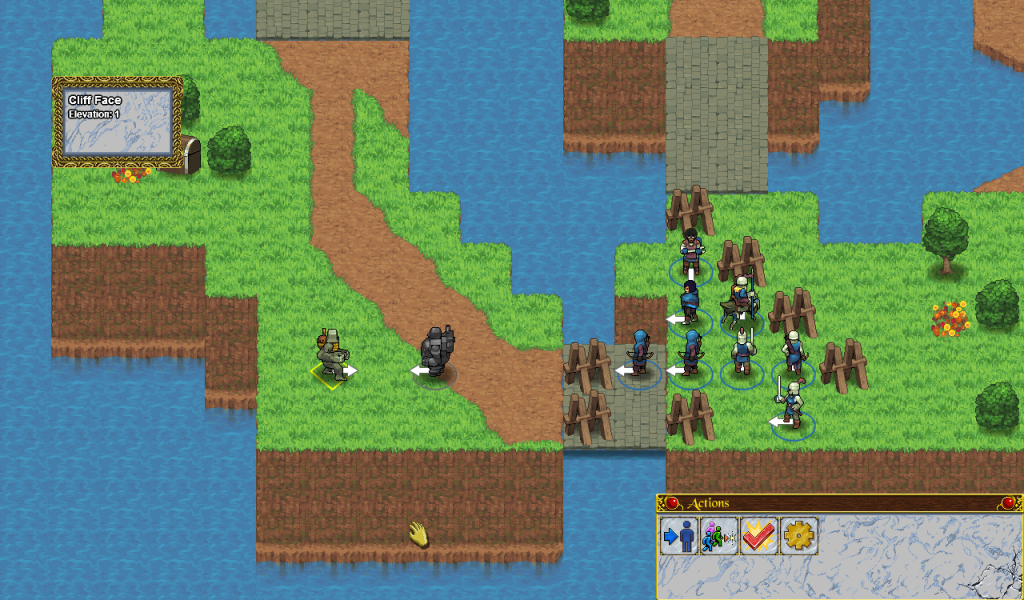
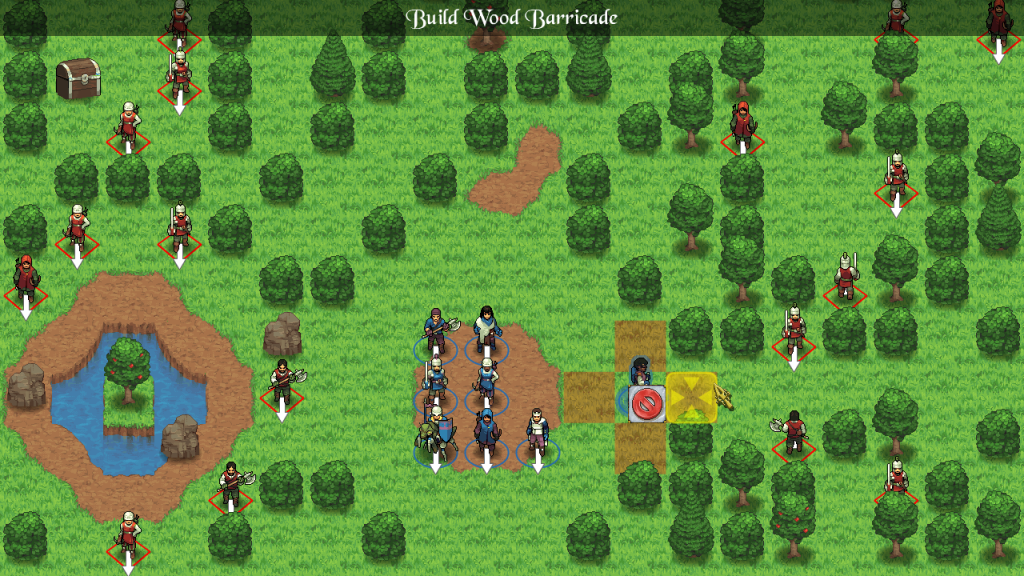
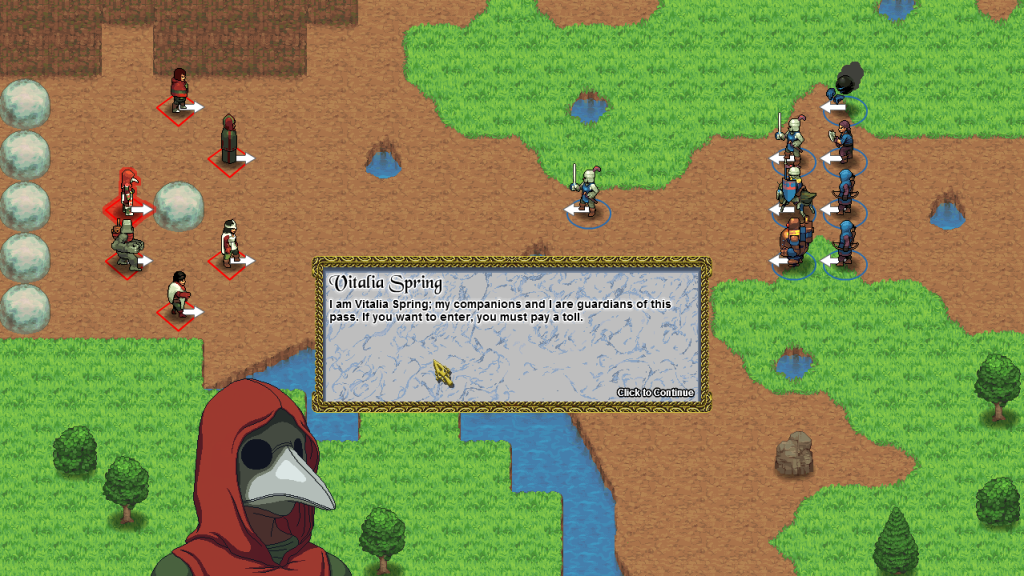
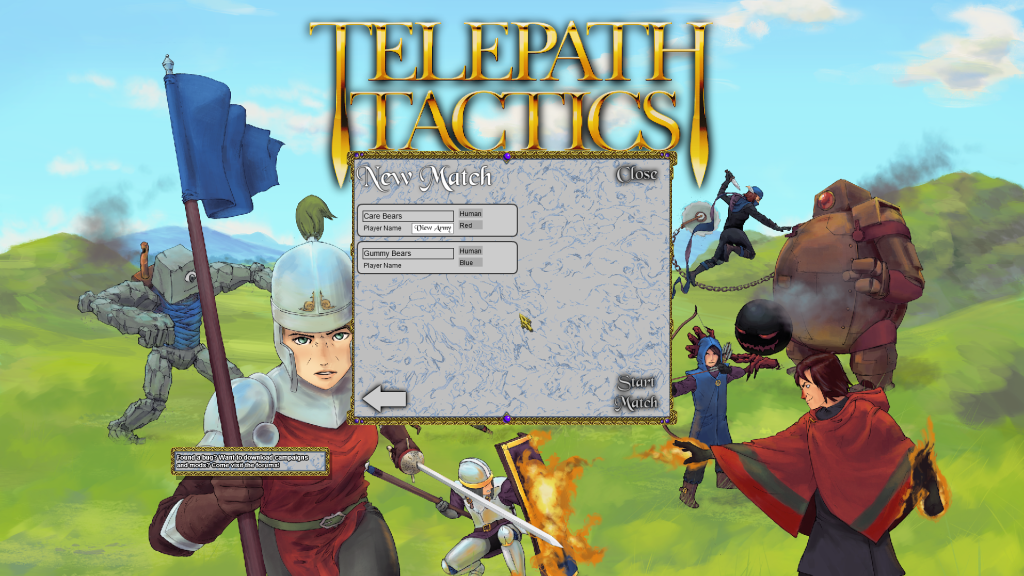

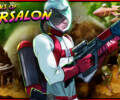
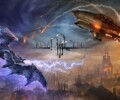
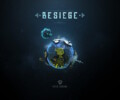
No Comments